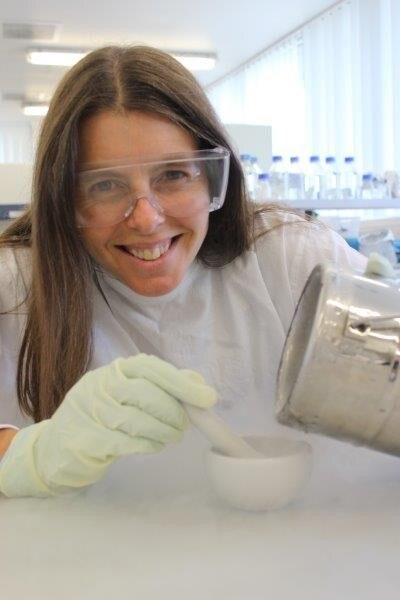Study award recipient investigating plant-fungal relationships
 Currently dune restoration focuses on the most visible flora and fauna, however Renee Johansen from the University of Auckland is embarking on a three year PHD that will identify and assess the importance of some of the tiniest, and possibly most significant, elements required to build healthy robust dune ecosystems in the longer term.
Currently dune restoration focuses on the most visible flora and fauna, however Renee Johansen from the University of Auckland is embarking on a three year PHD that will identify and assess the importance of some of the tiniest, and possibly most significant, elements required to build healthy robust dune ecosystems in the longer term.
Renee, recipient of the 2013 Coastal Restoration Trust/Quinovic Postgraduate Student Study Award, started her PHD in August 2012 with the University of Auckland and Landcare Research.
Renee is investigating the communities of arbuscular mycorrhizal fungi (AMF) in spinifex and marram grass. AMF are fungi which exist entirely in the plant root or surrounding soil. The fate of the plant hosts they live on and these fungi are intertwined - with the growth and survival of many plants dependant on AMF.
Overseas studies have shown that AMF are important to plant health in harsh dune environments. In addition to providing nutrients, it’s likely that AMF protect dune plants against pathogens, sustain them during drought, and help them tolerate saline sand.
Renee’s study involves indentifying the range of AMF on spinifex and marram. “Only a couple of hundred of these fungi have been described worldwide but new technology enabling us to sequence their DNA suggests there are thousands.” She will investigate whether spinifex and marram host different AMF communities and examine their relationships with these communities.
Renee suggests that, whilst dune plants may look healthy immediately after planting, especially when fertilised, healthy AMF communities are likely to be vital to buffer plants against environmental extremes and to help prevent disease outbreak in the long term.
Practical application of this research could, for example, show whether spinifex planted into areas previously occupied by marram, and/or alongside marram, would benefit from the co-introduction of natural AMF communities.
Posted: 20 April 2013 in the News category
